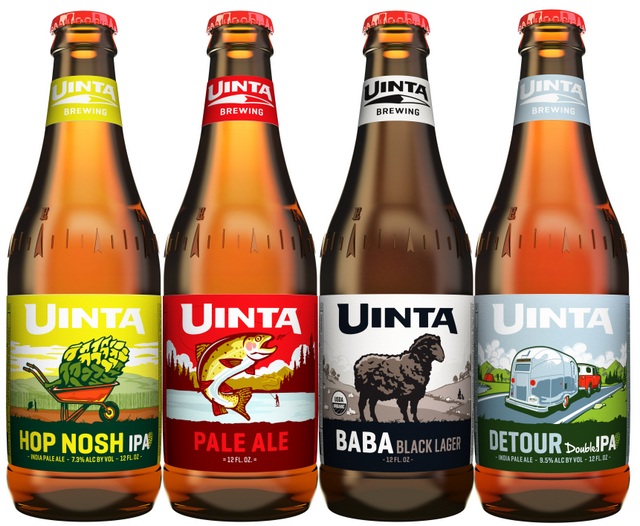
You’re working hard to develop a strong brand and market for your craft beer — and developing and registering trademarks for your brewery and beer names is a great way to protect that brand. But you may not realize that there are additional opportunities for your brand to benefit from trademark protection. Everything from your bottle shapes to your packaging and tap handles have the potential for garnering trademark protection. Let’s take a closer look at what’s eligible to be covered and why developing protectable brand elements beyond your name and logo makes sense.
What brand elements are eligible for trademark protection?
If you aren’t familiar with the term “trade dress,” you aren’t alone — it’s not one that’s commonly heard outside the legal industry. The International Trademark Association defines “trade dress” as:
“… the overall commercial image (look and feel) of a product that indicates or identifies the source of the product and distinguishes it from those of others. It may include the design or shape/configuration of a product; product labeling and packaging; and even the décor or environment in which services are provided. Trade dress can consist of such elements as size, shape, color and texture, to the extent that such elements are not functional.”
In other words, trade dress can be considered any visually unique aspect of your brand, from the shape of your bottles to the design of your tap handles and the atmosphere in your tasting room. But before you rush to develop new bottles or packaging or apply to protect your current trade dress, there are a few things you need to know.
Trade dress must be non-functional.
If there’s an element of your bottling or packaging that impacts your brand without affecting the way the element functions, it may be eligible for trade dress protection. For example: A bottle label that changes color when the beer is sufficiently cold would NOT be eligible for trade dress protection, because it performs a function that, if allowed to you exclusively, would provide you with some competitive advantage.
However, if you develop a distinctive bottle shape — like Salt Lake City’s Uinta Brewing Co. did, which features a raised compass on the beer neck — things are different. Because the compass design does not perform any function other than helping distinguish this brand from other brands, it would likely qualify for trademark protection in the United States.
Trade dress must be unique, distinctive and not confusing.
To qualify for protection as a trade dress element, the element must be associated with your company alone within the industry. If there are multiple companies using the same design element, then that design element would be considered “weak” and would not likely be protectable under trademark law. On the other hand, if only one company is using a non-functional design feature that is confusingly similar to the design elements you would like to protect, then that company may be able to stop you from using trade dress that is likely to confuse potential customers.
When applying for a federal trademark registration with the United States Patent and Trademark Office (USPTO), the same principles hold true. The USPTO Examining Attorney reviewing your application will determine whether he or she believes that the trade dress is sufficiently unique and will either deny or approve your application. If the Examining Attorney feels like the trade dress is functional or non-distinctive, or if there’s a good chance your bottle or tap handle design will be easily confused with another company’s registered trade dress, your application will likely be denied.
As an example, a standard amber-colored long-neck bottle used by many beer manufacturers wouldn’t be eligible for trademark protection because it is not inherently associated with your business. Nor would a special beer case that had a bottle opener built into the side, as the bottle opener would be considered functional.
However, a bottle with distinct markings may be eligible for trade dress protection. Take, for example, the single-ringed bottle shape used by Belgium’s Westmalle Abbey and New Belgium Brewing Co., who jointly own the U.S. trademark for ringed beer bottle designs. When Brooklyn Brewery came out with a similarly-designed bottle featuring two rings, they got a call from their friends at New Belgium, letting them know that their design was infringing on New Belgium’s trademark rights. Not wanting to get involved in a legal battle, Brooklyn Brewery agreed to stop using the double-ringed bottle and created a different design, at a reported cost of $60,000 for the new bottle mold alone. Had New Belgium not purposefully established trade dress rights in the design, they would not have had as strong of a case for asking Brooklyn Brewery to cease and desist with its bottle design.
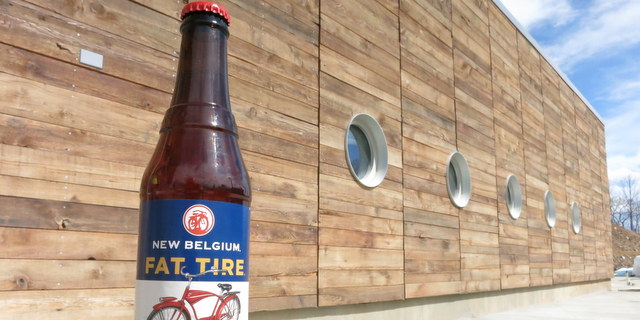
Additionally, a tap handle design unique to your brand is another element with the potential for receiving trade dress protection, and it’s an item that can have a big impact on your brand — allowing consumers to quickly identify if you are on tap wherever they happen to be. Just make sure that the design you develop isn’t too similar to an existing design — like DC Brau’s capitol-dome tap handle, or Bell’s odd-shaped handle with round topper — and you’ll increase your chances for obtaining trade dress approval.
Trade dress protection is worth the effort.
The situations described above serve to highlight the importance of having a plan and knowing the ins-and-outs of obtaining trademark protection on your trade dress. Imagine, for a moment, that you own the Goose Island brand and the (fictional) “Quacky Duck Beer Co.” begins using a duck mallard head-shaped beer tap. It’s easy to see where confusion and problems may arise — especially if people start ordering Quacky Duck’s beer thinking that they’re ordering a Goose Island beer, effectively putting their money in your competitor’s pocket.
Now take things one step further and imagine they mistakenly order a Quacky Duck’s beer and think it tastes awful! A situation like that may change their opinion of your brand, jeopardizing your brand equity while usurping part of your hard-earned customer base. Clearly, designing unique brand elements and receiving trademark protection on them can have a huge potential impact on your brewery and your business.
Trade dress trademarks are powerful brand elements.
Trade dress elements are extremely valuable business assets that can help improve your sales and maximize the value of your marketing. And if you’ve ever been able to identify a product without even being able to see its name or its logo, you’ve seen the power of trade dress in action. As you are mapping out the marketing, sales and legal roadmap for your craft beer company, keep trade dress protection in mind. By developing a plan to create, protect and monitor your protectable brand elements, you’ll be on your way to getting the attention your brand deserves in a crowded marketplace.
Eric Perrott is a trademark attorney at Gerben Law Firm, PLLC, a firm founded by Josh Gerben. Perrott has extensive experience handling trademark matters in a variety of industries including the beer and brewing industry. The beer that Perrott is really enjoying at the moment is North Coast Brewing’s Old Rasputin Imperial Stout but he certainly won’t turn down a DC Brau Public Ale.

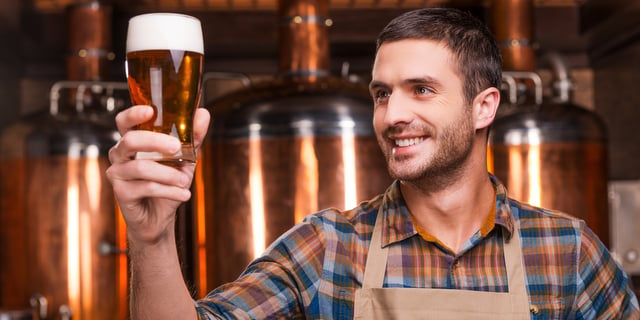

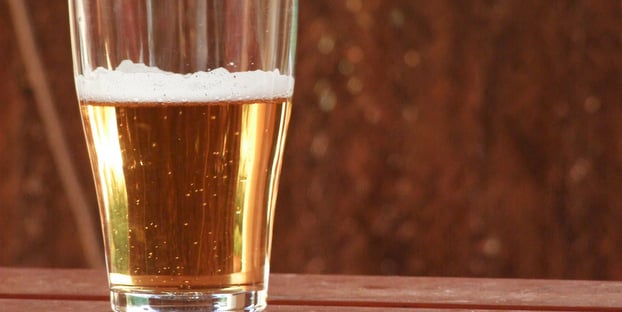
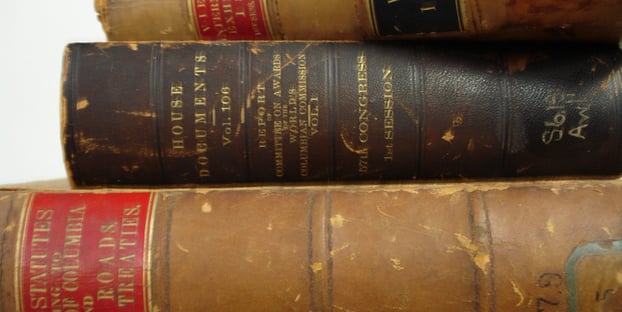
Todd Parker liked this on Facebook.
Scott Davidson liked this on Facebook.
RT @CraftBrewingBiz: What is trade dress? And why is it an important trademark opportunity for brewers? https://t.co/gwGEyC4Oh8